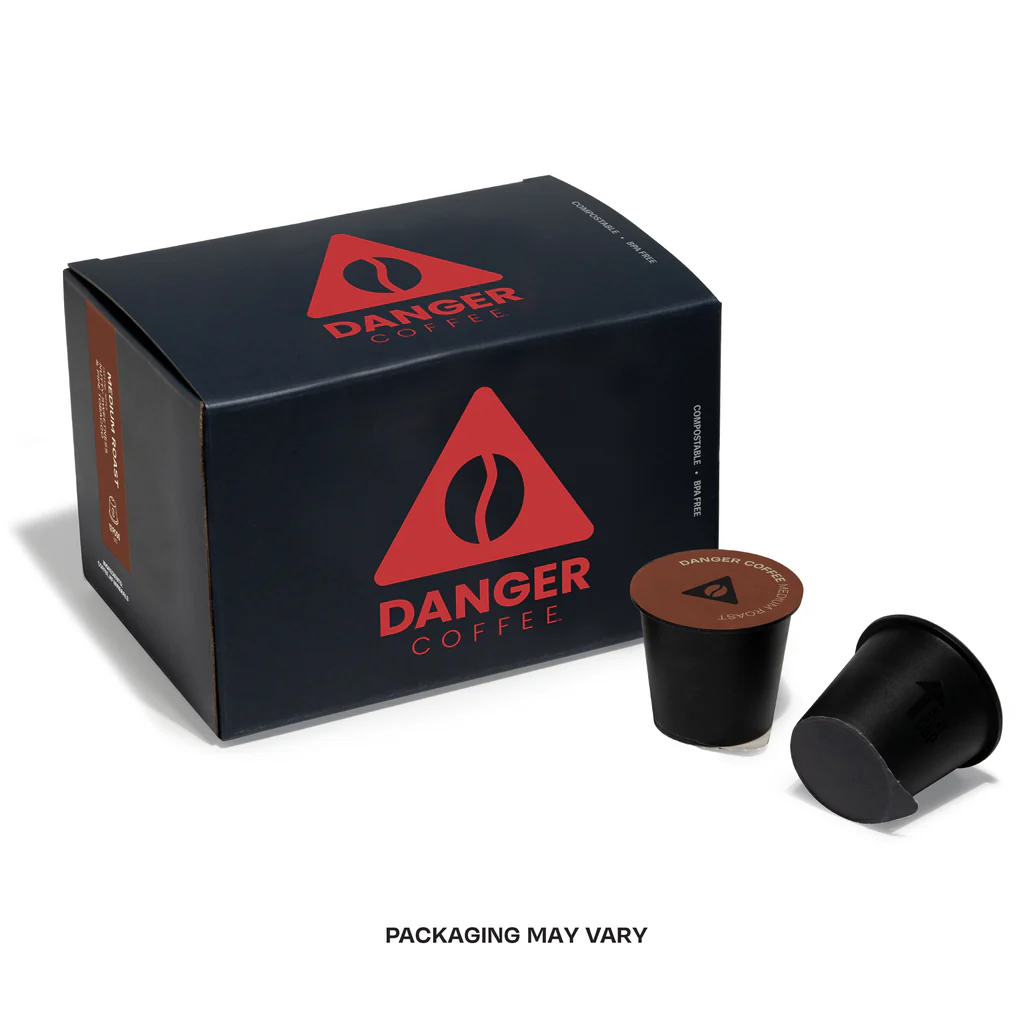Introduction
What if confronting mortality could unlock your greatest potential? Writing your own obituary—though seemingly morbid—is a transformative exercise used by CEOs, philosophers, and visionaries to cut through noise and focus on what truly matters. This 15-minute ritual clarifies priorities, aligns daily habits with legacy goals, and rewires your brain for intentional living. Here’s how to do it (and why it works).
Why Writing Your Obituary Fuels Success
Your brain defaults to short-term thinking (e.g., deadlines, social media, daily chores). This exercise forces long-term perspective by asking:
- “What impact do I want to leave?”
- “Who do I aspire to become?”
- “What legacy transcends my lifetime?”
Studies show that connecting daily actions to legacy goals:
- Reduces procrastination by 33% (University of Pennsylvania)
- Boosts fulfillment by anchoring choices to core values
Sharpens decision-making by filtering opportunities through purpose
Step-by-Step Guide to Writing Your Obituary
1. Set the Scene
- When: Choose a quiet, reflective time (morning or evening)
- Tools: Pen/paper or digital document—no edits, just raw thoughts
2. Use This Prompt
“[Your Full Name], beloved for their [1–2 core traits], will be remembered for [key achievements, relationships, or impacts]. They lived a life centered on [values] and inspired others by [specific actions or philosophies].”
Example:
“Jane Doe, beloved for her relentless optimism and integrity, will be remembered for empowering 10,000 women through free career workshops. She lived a life centered on courage and inspired others by turning personal setbacks into community triumphs.”
3. Reflect & Revise
- Highlight Gaps: Compare your current life to the obituary. What’s missing?
- Identify Patterns: Which values/achievements repeat? These are your North Stars.
3 Ways to Align Daily Actions with Legacy Goals
- The “Legacy Filter”: Ask before decisions—“Does this move me closer to my obituary vision?”
- Habit Stacking: Attach legacy-driven habits to existing routines (e.g., “After coffee, I’ll mentor a colleague for 10 minutes”)
Quarterly Check-Ins: Revisit and revise your obituary every 3 months to track growth
Success Stories: Real-Life Transformations
- Entrepreneur: Revised obituary 5x, pivoted from profit-driven to purpose-led biz (2x revenue in 18 months)
- Parent: Focused obituary on “raising empathetic kids,” cut work hours for family volunteering
Artist: Shifted from gallery shows to community murals, now featured in national grants
When to Seek Guidance
While this exercise is powerful solo, those struggling to define values or bridge the gap between vision and reality may benefit from structured frameworks. Explore goal-alignment tools for tailored strategies.
Conclusion
Your obituary isn’t about death—it’s a blueprint for life. By writing it now, you reclaim control over your time, choices, and legacy. So grab a pen, silence the distractions, and ask:
“What do I want to stand for long after I’m gone?”
The answer will light your path forward.
Ready to Live Your Legacy? Discover curated success resources to amplify your journey.
FAQs
Q: Isn’t this exercise depressing?
A: Initially unsettling, but most report profound relief—it replaces existential anxiety with clarity.
Q: What if I don’t know my legacy yet?
A: Start with traits you admire in others (e.g., “generous listener”). Your obituary evolves as you do.
Q: Can this help with burnout?
A: Yes! Aligning actions with purpose reduces resentment of daily tasks.






















